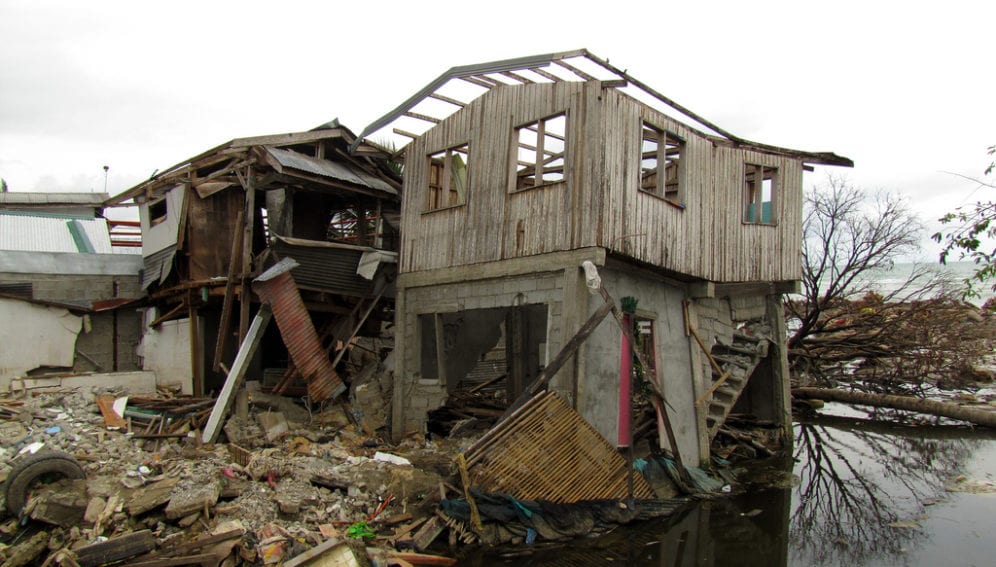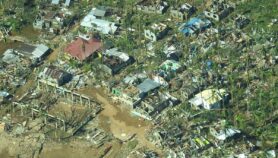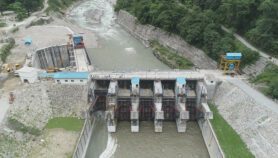By: Brendon Lee
Send to a friend
The details you provide on this page will not be used to send unsolicited email, and will not be sold to a 3rd party. See privacy policy.
[KUALA LUMPUR] Coastal communities, particularly in the Asia-Pacific region, are at risk of displacement and possible relocation if preventive measures are not undertaken against storm surge flooding caused by rising sea levels linked to climate change.
Storm surge damages are estimated to increase from US$10-40 billion a year today to US$1 trillion by the end of the twenty-first century unless adaptation actions are put in place, according to a study published in the Proceedings of the National Academy of Sciences on 3 February 2014.
However, many developing countries and small island states in the Asia-Pacific may not be able to afford the investments to build the necessary infrastructures to reduce the impact of storm surges in vulnerable coastal areas.
“They need international support,“ says Jochen Hinkel, lead author and senior researcher of the Global Climate Forum which released the study. “Many of the known hot spots that are already suffering from the effects of tropical storms and cyclones include poorer countries such as Bangladesh and Mozambique, and major cities such as Bangkok and Manila.”
According to Hinkel, infrastructure efforts should not only be preventive, such as the building of dikes and coastal dunes or planting mangroves, but also integrated with long-term urban planning. He adds that if commitments to reduce greenhouse effects are not reached, many regions will have to consider relocating significant numbers of people as an alternative.
In addition to large-scale and long-term planning, a holistic approach at the local level is needed to address the issue. The senior climate advisor of the Red Cross/Red Crescent Climate Centre, Rebecca McNaught, believes it is important to support local solutions that build upon existing community capacities.
“Dealing with the specific impacts of climate change is indeed important. The reality on the ground is that a multitude of factors interact with each other simultaneously. A holistic or ‘integrated’ approach at the community level deals with multiple causes of change and risk,” McNaught explains.
“This wider ‘no regrets’ approach strengthens a community’s ability to deal with changes, in addition to the creation of specific measures to address specific risks. For example, committees can be established in communities that mobilise community disaster preparedness.”
McNaught adds that improved early warning and links with early action are also imperative for adapting to increasing risks of coastal inundation, especially for Pacific island communities.
Link to full paper in Proceedings of the National Academy of Sciences
This article has been produced by SciDev.Net's South-East Asia & Pacific desk.














